-
Mk1 Lotus Cortina, The classic racing saloon car
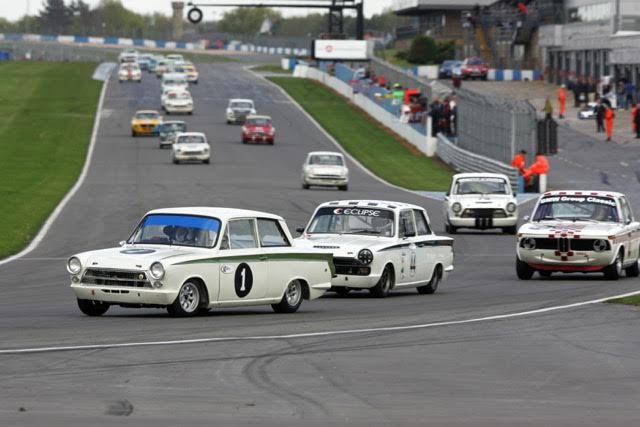
The Mark 1 Lotus Cortina has earned it’s reputation as an iconic racing saloon car. From the
images of the legendary Jim Clark 3-wheeling his way around classic circuits such as Brands
Hatch and Crystal Palace in the ‘60s, a whole generation has been inspired to try and
emulate his feats themselves. As probably the first “homologation special” that was
specifically designed to allow Ford to dominate production based racing in period, it’s
attributes of a lightweight structure coupled with nimble handling and tuneable engine have
kept it at the forefront of racing ever since.
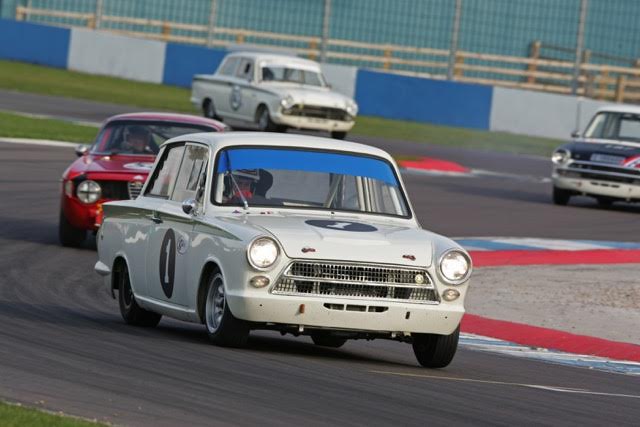
BTB’s first experience with the twin-cam engined Cortina in historic racing came in the late
1990’s in the relatively low key arena of classic saloon car club racing. BTB based their first
manifold lengths and diameters on some work they’d done on Toyota’s 4AGE engine, also a
1600cc twin cam, albeit with 4 valves per cylinder, but with a similar appetite for revs and a
not dissimilar exhaust porting arrangement. The rally developed 4-2- 1 exhaust package
yielded good power, and more importantly gave a good spread of torque across a relatively
wide rev range. This characteristic gave better acceleration out of slower corners than
competitors with 4-1 exhausts which only worked at higher rpms, and didn’t suit the 4
speed gear ratios of the relatively heavy saloon compared with the engine’s use in a lighter
single seater or sports car.
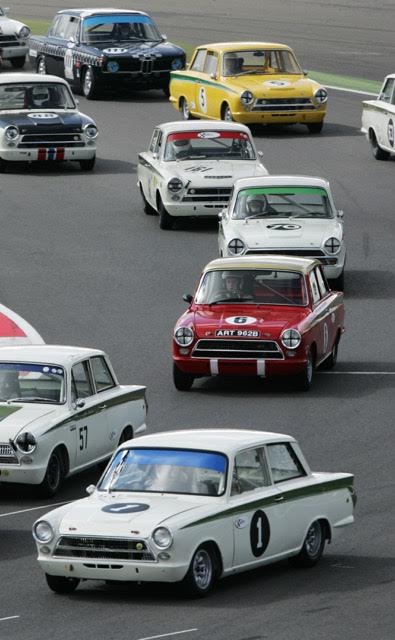
As historic racing has matured into the professional international scene that it is now, it is
inevitable that the authorities have sought to reign in the development of the Lotus Cortina,
and return the specification to something more closely related to that in which it raced
originally. The effect of this clarification on the exhaust design was a mandatory maximum
primary pipe size, and a stipulation that the pipe layout closely resembles that shown on the
original homologation papers. This limits the available length of the primary pipes, but still
allows for a 4-2- 1 configuration. In fact this shortening of the primary pipe length has made
the exhaust manifold less prone to fatigue failures that are related to the pipes resonating
to the frequencies that are fundamental in 4 cylinder engines in the 8200-8500rpm range.
The Lotus twin cam engine spends a lot of it’s time at that sort of rpm, and therefore the
exhaust needs to be able to withstand repeated harmonic oscillations without failure. Due
to the outside diameter being fixed at 38.1mm (1 ½”) any increase in the wall thickness of
tubing will consequently reduce the inside diameter, thereby restricting the engine’s ability
to breathe at high rpm. BTB pay particular attention to the quality of the material and use
careful welding techniques to minimise the risk of failure in this area.
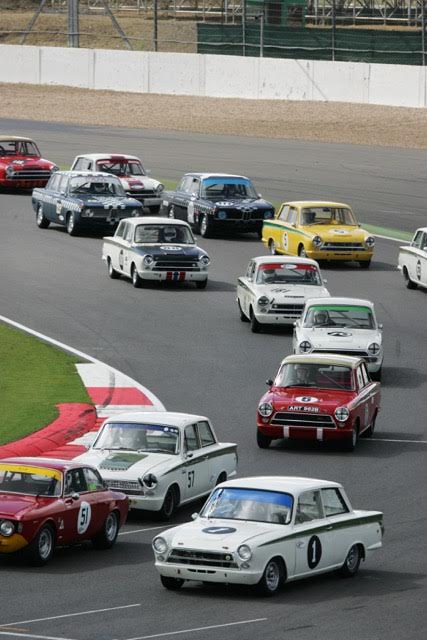
As the boss of one of the UK’s leading competition engine preparation specialists races a
Lotus Cortina himself, BTB have had their exhaust benchmarked against a number of other
FIA approved products in the market. Our CAD designs were analysed using state of the art
simulation tools so that the flow characteristics could be modelled along with the cylinder
head and cam profiles. BTB are proud that their design has been chosen to be the exhaust
that this particular competitor has optimised his engines to, and therefore recommends to
his clients.
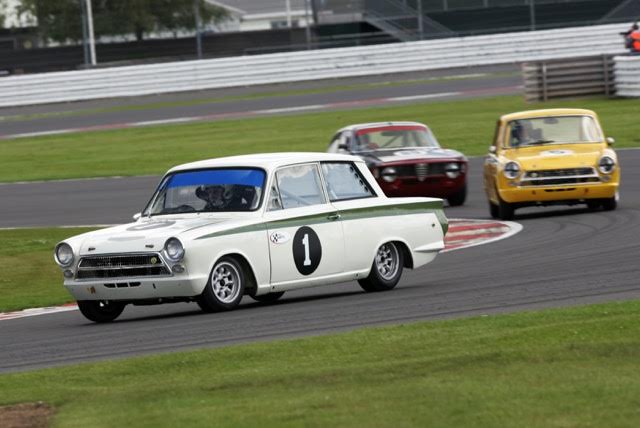
Whilst the layout of the Mk1 Lotus Cortina manifold is largely defined by the FIA appendix K
papers, the exhaust system layout is principally determined by the customer’s desired noise
level. BTB make their system in a variety of configurations depending on whether the car
has a leaf spring or A-frame rear suspension. The number and size of silencers affect the
noise level, so if you want to have the maximum choice of testing venues then a twin
silencer rear exit system is the one to go for. A single small round silencer mounted at the
rear is just sufficient for racing in most championships, but will be too loud for trackdays.
Some owners choose to run a large rear silencer to help with weight distribution. Others
may have the opportunity to race at unrestricted events such as the Silverstone Classic or
Goodwood revival, and may like to use a short side exit system with the straightest path
possible with minimum weight.
Follow BTB Exhausts on @BTBExhausts and LinkedIn or Subscribe to our newsletter.
Read more about our Motorsport Exhaust Systems or Download our Brochure.
- T +44 (0) 1327 261797
- E sales@btbexhausts.co.uk

